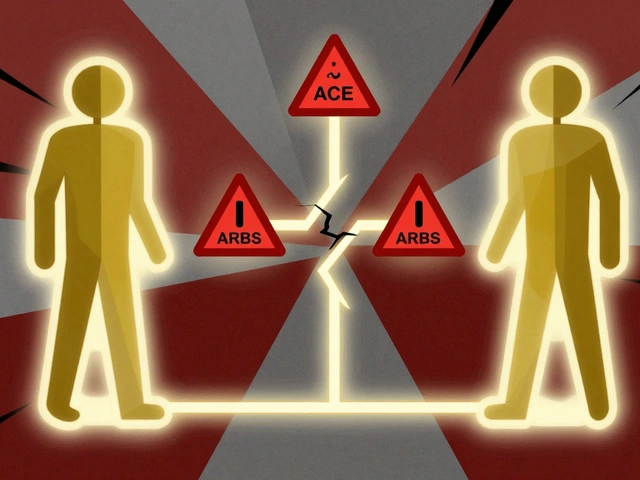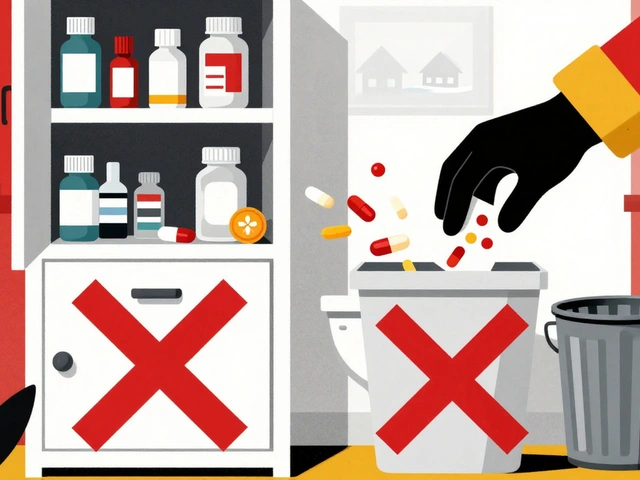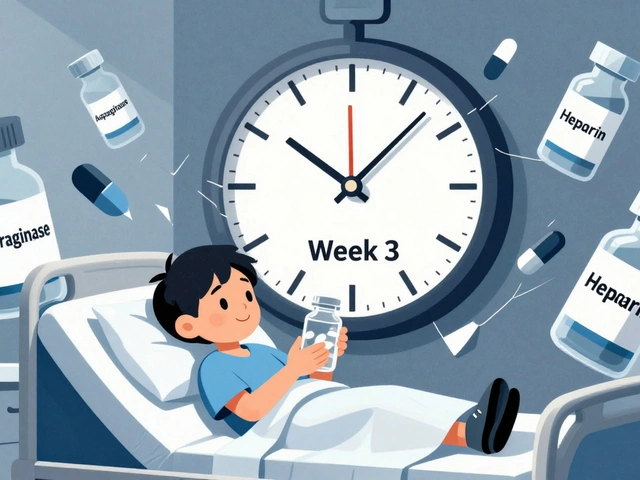Cellulitis: Causes, Treatments, and What You Need to Know
When your skin gets red, swollen, warm, and painfully tender, it might not just be a rash—it could be cellulitis, a common but potentially dangerous bacterial infection that spreads through the deeper layers of skin and underlying tissue. Also known as bacterial skin infection, it often starts where the skin is broken—from a cut, insect bite, or even a tiny crack from dryness. Left untreated, it can turn serious fast, spreading to the bloodstream or lymph nodes. This isn’t something to wait out—it needs antibiotics, and it needs them quickly.
Most cases are caused by Streptococcus or Staphylococcus bacteria, the same ones that live harmlessly on skin but sneak in when the barrier breaks. People with diabetes, poor circulation, or swollen legs from heart or kidney issues are at higher risk. Even a small scrape can become a gateway. You might notice the redness spreading over hours, the area feeling hot to the touch, or a fever creeping in. Swelling isn’t always obvious, but pain is. If you’ve got these signs, don’t delay—see a doctor. Antibiotics like cephalexin, dicloxacillin, or clindamycin are standard first-line treatments, chosen based on your health, allergies, and how bad it looks.
Some people think home remedies or over-the-counter creams can fix cellulitis. They can’t. This isn’t acne or a fungal rash. It’s a systemic threat disguised as skin irritation. Even if it seems to improve after a day or two, stopping antibiotics early can let the infection come back stronger. And if it’s not responding to oral meds? You might need IV antibiotics in the hospital. The good news? Most people recover fully with proper treatment. The bad news? It can return, especially if the root cause—like athlete’s foot, eczema, or lymphedema—isn’t managed.
Below, you’ll find real-world guides on how antibiotics work against skin infections, what to do when they fail, and how to prevent cellulitis from coming back. You’ll see what doctors actually prescribe, which drugs interact dangerously with others, and how to spot the warning signs before it’s too late. This isn’t theory—it’s what people are dealing with right now, and how they’re getting better.

Bacterial Skin Infections: Impetigo, Cellulitis, and Antibiotics Explained
Impetigo and cellulitis are two common bacterial skin infections that look similar but require very different treatments. Learn how to tell them apart, what antibiotics actually work, and when to seek emergency care.
read more




